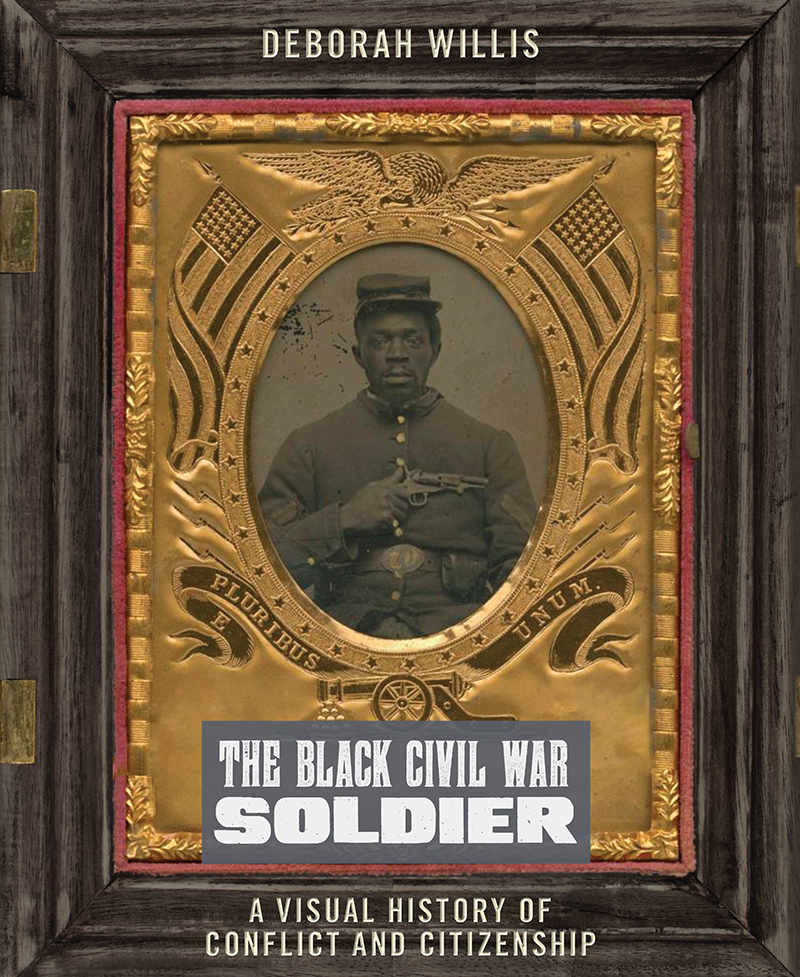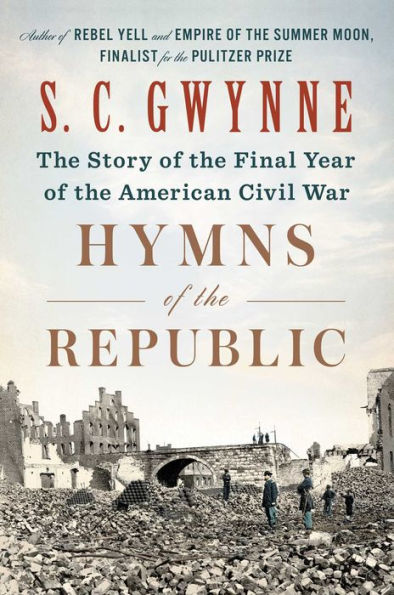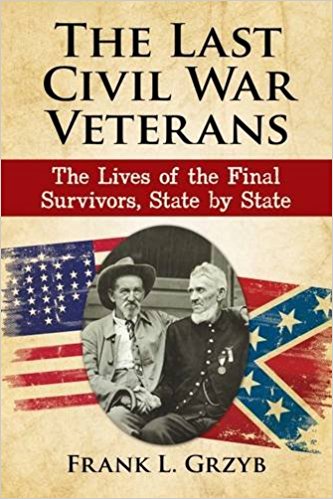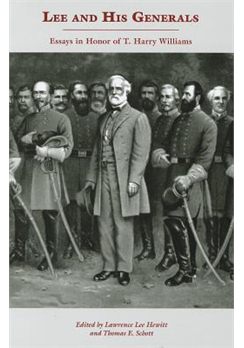Ask any Civil War historian what they find compelling about studying America’s great national conflict and you are almost certain to receive an answer that includes the war’s visual culture. The war transformed many aspects of American life and culture; it was one of the first modern conflicts to be brought home to civilians via the medium of photography. In The Black Civil War Soldier: A Visual History of Conflict and Citizenship, Deborah Willis has compiled arresting images and a compelling narrative. She argues that photography helped African Americans to form communities and forge a cultural identity as the country underwent its new birth of freedom.
The Black Civil War Soldier is a valuable contribution to the scholarship of Civil War photography for several reasons. In recent years, scholars have argued that photographs are more than objects—they are sites of memory and can be read for information about the past in the same manner as letters in an archive or a diary hidden in the attic. Willis brings her training as a professor of photography and visual culture to the Civil War and offers a primer for reading photographs to understand how they influenced ideas about military service, slavery, and Black communities. The book also reveals the value of pension files for recovering information about the people who fought through the Civil War. Finally, Willis has carefully curated photographs to match with contemporary sources, making the book not only a valuable collection of photographs, but also a resource for anyone interested the Civil War experiences of African Americans and their reflections on the conflict.
Willis has arranged The Black Civil War Soldier chronologically, covering the years between 1860 and 1866. Those familiar with the chronology of the war will not be surprised to learn that the shortest chapters deal with years 1860-62, before African American men were accepted into Union military service. Still, the early chapters allow Willis to relate the story of African Americans searching for their freedom. The story of William Henry Johnson, a war correspondent for the abolitionist newspaper Pine and Palm, is a compelling example of the ways in which Black Americans sought out opportunities to serve during the war, even prior to emancipation. Born a free man, Johnson convinced a Connecticut regiment to allow him to accompany troops during the first two years of the war, though he could not formally enlist. In the chapter on 1861-62 the material on the early actions of Major General Ambrose Burnside along the coast of the Carolinas offers valuable first-hand insights into a campaign that seldom receives the attention it deserves.
The post-Emancipation Proclamation chapters of The Black Civil War Soldier are filled with photographic riches for readers. A long section of photographs shines light on the soldiers who served the 54th Massachusetts Infantry: the real faces of the men immortalized in Edward Zwick’s 1989 film Glory. Throughout the book, Willis intersperses the stories of Black soldiers with the experiences of African American women. Some, such as Charlotte Forten, will be familiar to readers, but Willis also writes of the unknown wives and girlfriends, sisters and mothers who waited for news of battle while they labored to keep their households going—forging freedom on the homefront. The final chapters outline the transition that United States Colored Troops experienced as they moved from supporting the work of white soldiers to fighting on the war’s frontlines. Willis concludes with images of the post-war experience of African Americans and examples of the monuments and memory traditions that have shaped how Americans understand the Civil War experience of Black soldiers in the present day.
Adding to the value of the photographs and primary accounts collected in the book is the fact that The Black Civil War Soldier is a well-produced volume. The attention to details, glossy paper, and high quality photographic reproductions encourage readers to spend time with text and examine the images closely. Readers interested in learning more about the visual culture of the Civil War, the fight for emancipation, or the lived experiences of Black men and women between 1860 and 1866 will find a great deal to enjoy in Willis’s work. Ultimately, The Black Civil War Soldier is a reminder of one of the most compelling stories of the American Civil War: the efforts of more than 180,000 African American soldiers to fight for freedom and stake an indisputable claim to citizenship. Deborah Willis has written a book that is a tribute to those efforts, but that also reminds readers that understanding the past takes hard work, patience, and care. Anyone interested in the experiences of African American soldiers during the Civil War soldier will undoubtedly benefit from spending time with this handsome book.
Cecily N. Zander is a Ph.D. candidate in the Department of History at The Pennsylvania State University.
Related topics: African Americans





